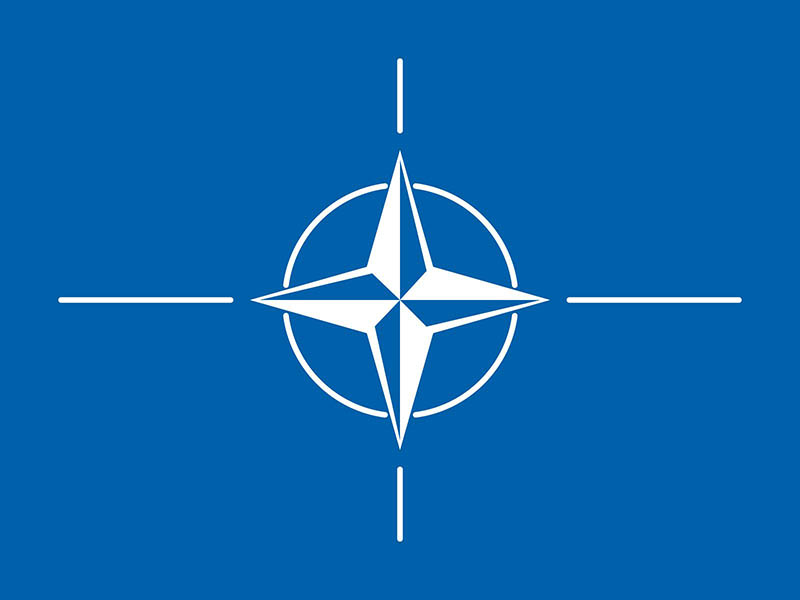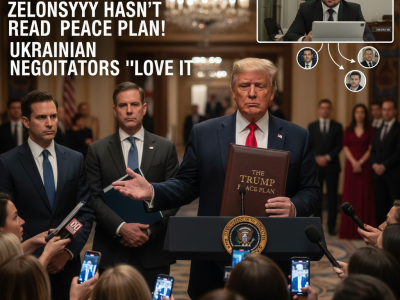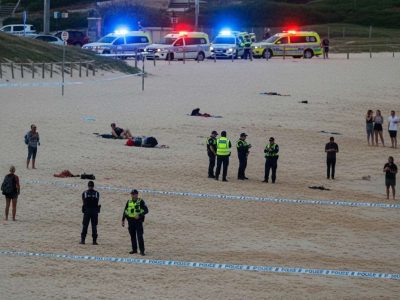Payam Javan: On the final day of the NATO summit, all 32 member nations agreed to a historic defense spending target of 5% of GDP by 2035, driven by U.S. President Donald Trump’s five-month campaign to increase burden-sharing among allies. The agreement allocates 3.5% of GDP to core defense needs, such as troops and weapons, and 1.5% to security infrastructure, including cyber defenses and protection of energy pipelines. NATO Secretary-General Mark Rutte hailed the decision as a “quantum leap” for collective defense, emphasizing its role in boosting defense industries, creating jobs, and reaffirming support for Ukraine amid heightened threats, particularly from Russia.
The new target addresses evolving security challenges, with Russia identified as a primary long-term threat, alongside concerns about terrorism, cyberattacks, and strategic competition from nations like China. Despite resistance from Spain, which sought an exemption, Rutte clarified there would be no opt-outs. The summit also saw discussions on Ukraine, with leaders reaffirming support but stopping short of repeating last year’s pledge that Ukraine’s future lies in NATO. The agreement, described as historic by Rutte and other leaders, aims to ensure NATO’s readiness to defend its territory and its one billion citizens, reinforcing the alliance’s resolve in a tense global security environment.









